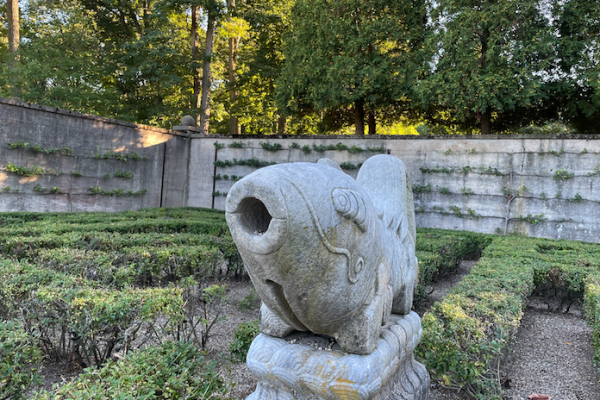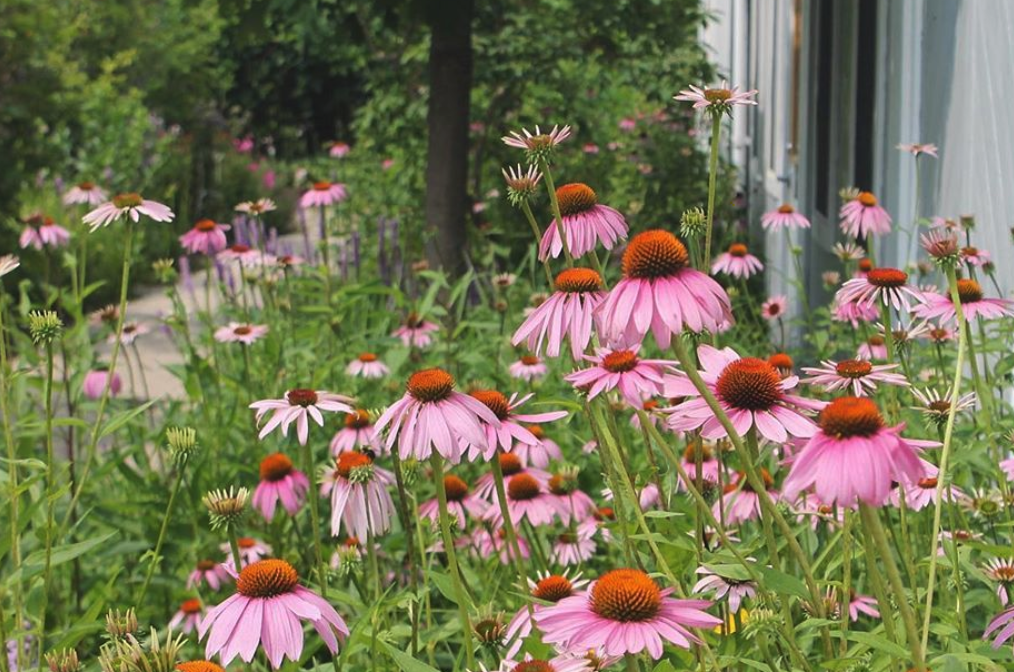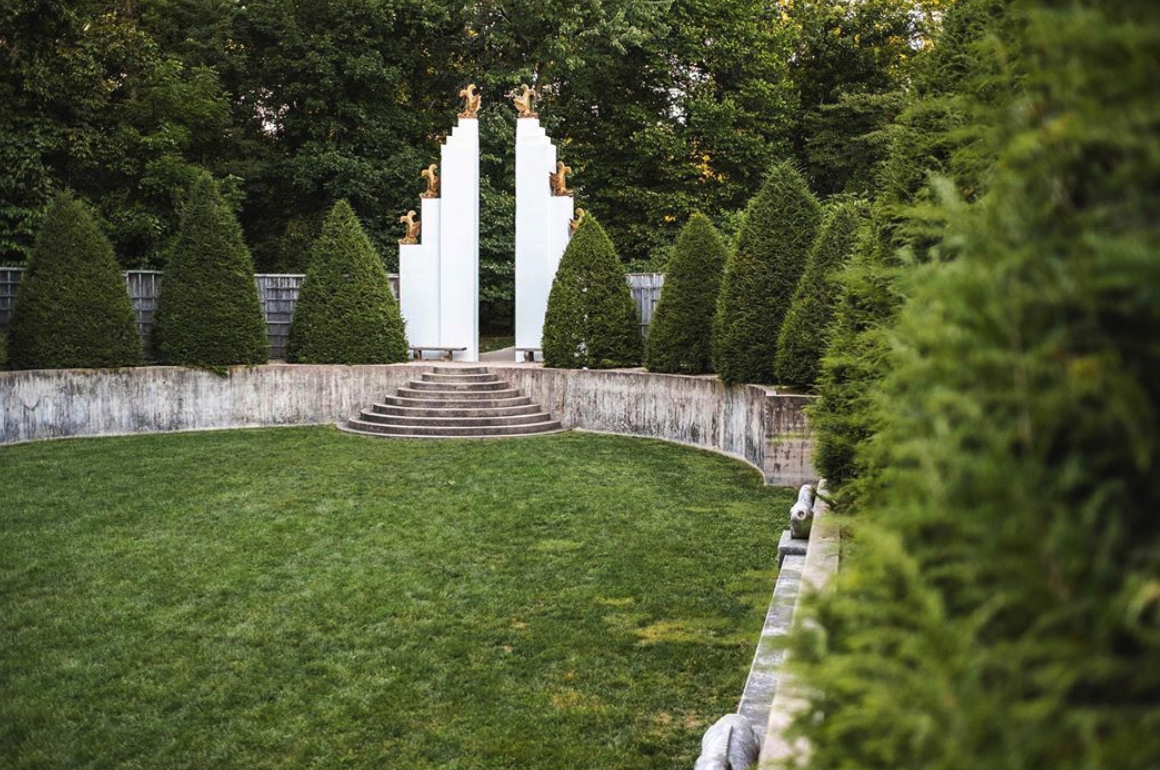Inside Allerton's Gardens: 5 Facts You Might Not Know

Many attractions in the greater Champaign County area attract visitors and residents alike. There are some that tend to thrive in a particular season or draw their largest crowds around a particular holiday or event. Allerton Park and Retreat Center is unique and truly an all-seasons, every occasion type of space. From events at the historic Allerton Mansion to the beloved Kirby Winter Wellness Walk, memories are made every time you step foot on these historic grounds.
All year long, Allerton's 14 formal gardens are a sight many people return to time and time again. When you're looking for adventure in your backyard, consider visiting these historic gardens. To further tempt you, here are 5 facts you might not know about the space and their history.
5 Facts about Allerton's gardens
Even if you visit Allerton annually, or maybe grew up picnicking and exploring the grounds, here are some facts you might not be familiar with regarding the incredible setting.
The Gardens Date back to the turn of the 20th century
The Gardens were designed by Robert and John Gregg Allerton between 1902 and the late 1940s. At this time, a Neoclassical design was popular among outdoor arrangements and decorating. The original intention and artistic inspiration for the Gardens are held up to this day. Across each additional garden, however, you can get a small glimpse into a particular location, style, or trend in outdoor artistry and gardening.
thousands of flowers planted every year

There are a ton of flowers on-site at Allerton's gardens, but just how many? Dedicated workers plant 12,000 summer annuals, 5,000 bulbs and 500 mums each fall, and 100 trees every spring. They spread over 140 cubic yards of mulch, prune 10,250 linear feet of hedges, pull weeds in over 80,000 square feet of planting beds, and mow 45 acres of turfgrass weekly.
The Progress of Allerton's oldest garden
Architect John Borie designed Allerton Park's oldest garden, the Brick Wall Garden, in the early 20th century. By 1920, the space featured fruit trees and vegetables in keeping with Western European tradition. The intention of the garden was to always provide occupants of the house fresh produce. In the 1940s, Allerton transitioned the garden from vegetables to grass, and today the garden features those same lawns, as well as bulbs and annual and perennial flowers.
The maze garden...isn't actually a maze
The Chinese Parterre Garden is often referred to by visitors and patrons as the Chinese Maze Garden. In reality, the garden's design isn't a maze at all. The design was replicated from the pattern from Robert Allerton's favorite silk pajamas, the Chinese symbol for good luck or long life. The geometric shape maintains the same basic form and spatial organization of those pajamas since its creation in 1912.
FROM TRASH dump TO TRANSCENDENT OUTDOOR SPACE

Many people love the Sunken Garden's vast emptiness, which features no paths and limited plantings in favor of wide-open space. The Sunken Garden was actually the final project for the Formal Gardens, completed in 1915. Prior to 1915, this area served as Robert Allerton’s garbage dump. It's hard to believe, but this now serene space once was designed to house trash. Now, this garden serves as the estate’s most popular venue for wedding ceremonies.
visit allerton's formal gardens
Allerton Park and Retreat Center is open every day from 8 a.m. to sunset. Allerton has numerous guidelines in place to help keep visitors safe during COVID-19, which you can read here.
For more area events, check out our digital Experience Guide, and make sure to follow us on Facebook, Twitter, TikTok, and Instagram.

